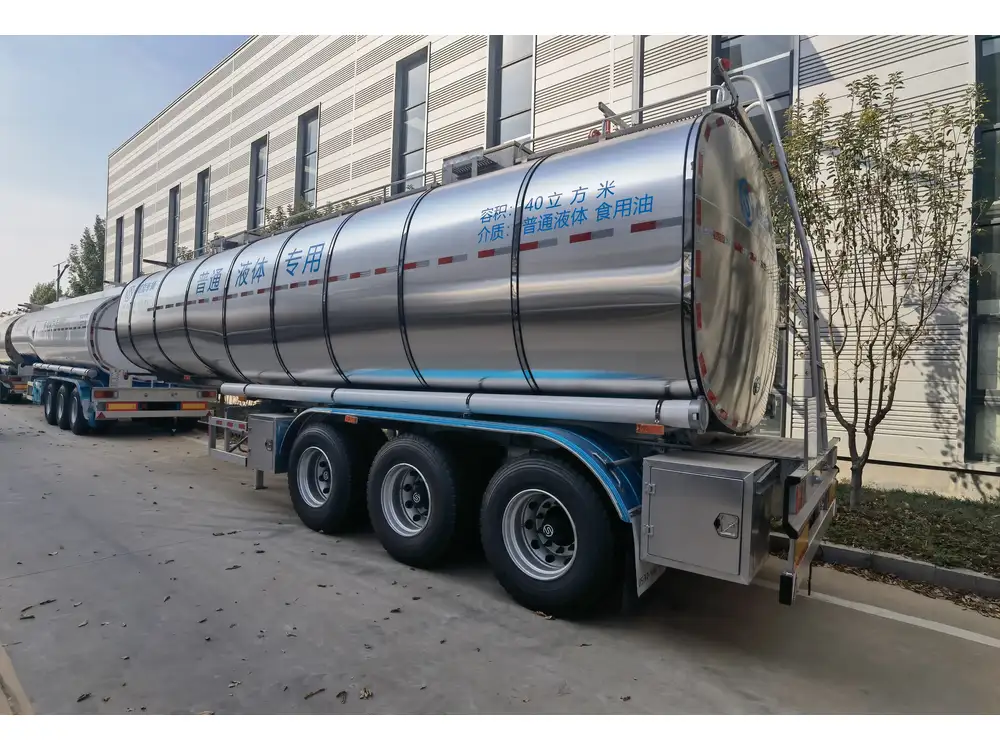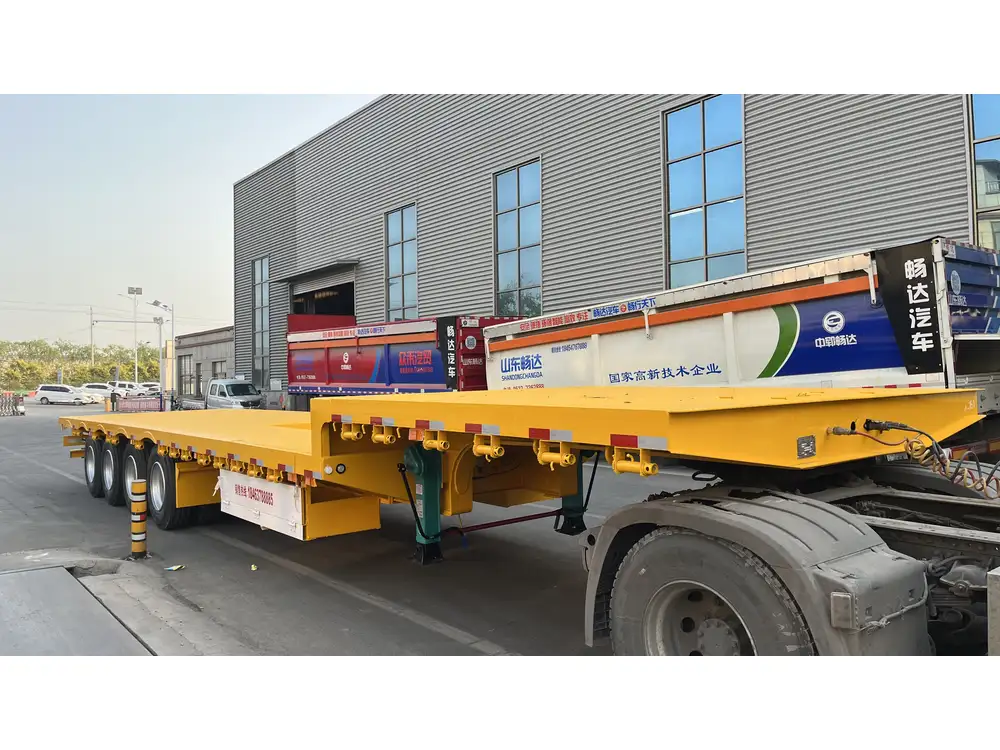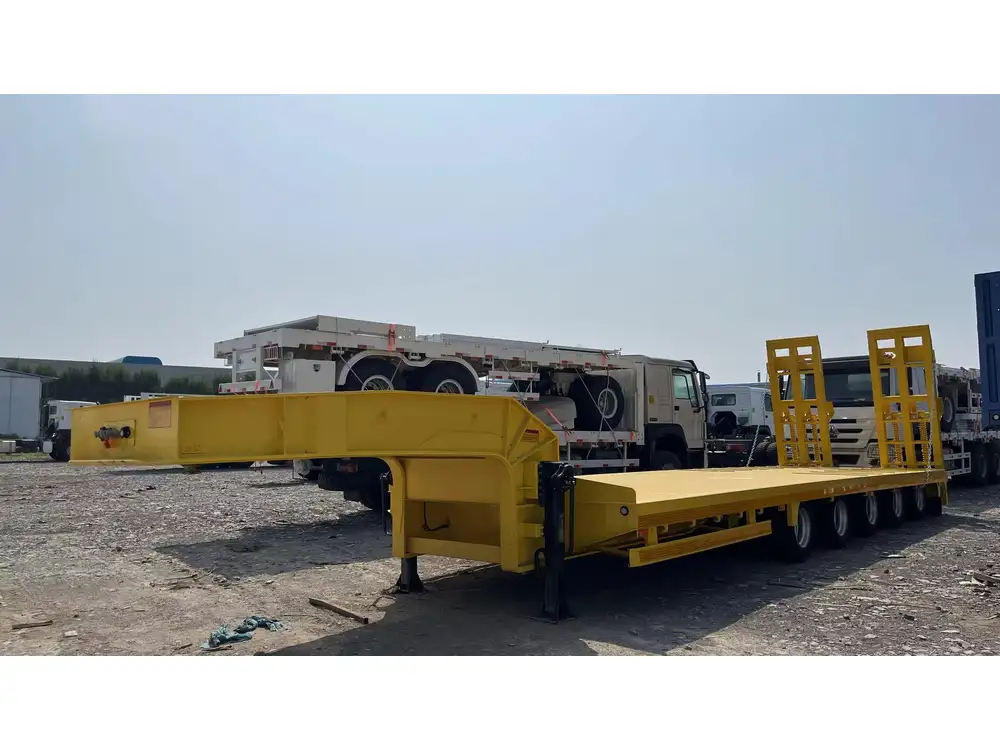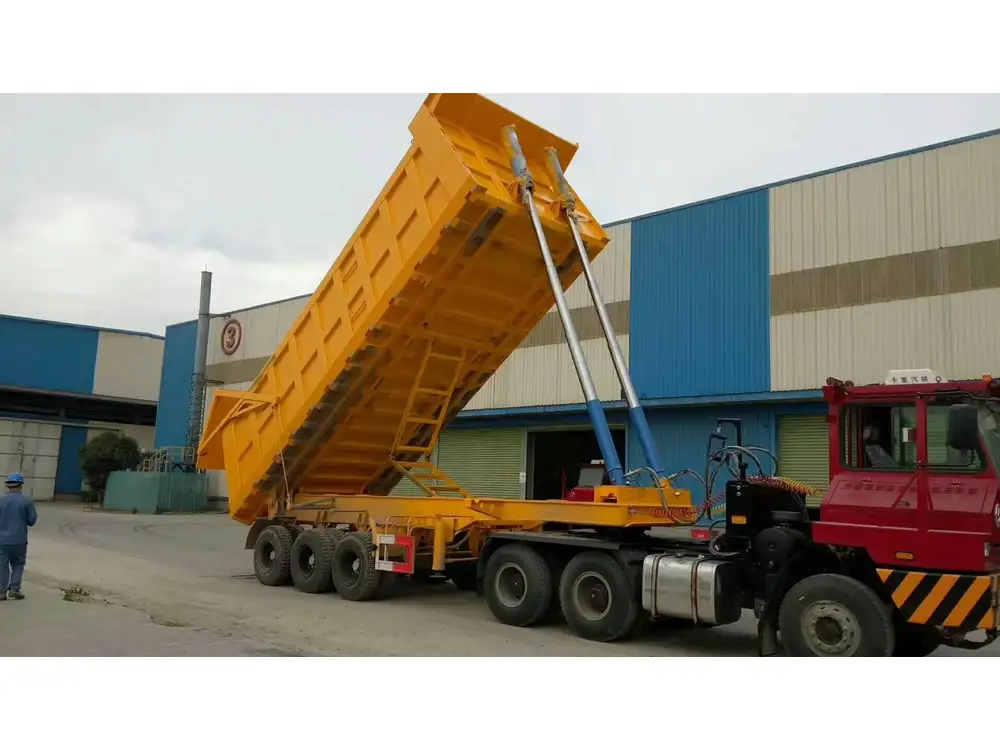Hydraulic systems play a crucial role in the operation of dump trailers, enabling them to effectively lift and lower heavy loads with precision. Understanding the components, functionality, and specific requirements of the hydraulic power unit (HPU) for dump trailers is essential for manufacturers, operators, and maintenance teams. This article will explore the key aspects of hydraulic power units, including their types, components, and determining factors for optimal performance.
Table of Contents
- Overview of Hydraulic Power Units
- Key Components of Hydraulic Power Units
- Types of Hydraulic Power Units
- Determining Power Requirements for Hydraulic Systems
- Common Issues and Maintenance Tips
- Choosing the Right Hydraulic Power Unit for Your Dump Trailer
- Conclusion
1. Overview of Hydraulic Power Units
A hydraulic power unit (HPU) serves as the heart of a hydraulic system. It delivers pressurized fluid to various components, allowing them to perform specific tasks efficiently. In dump trailers, the HPU is responsible for elevating the bed to unload materials such as dirt, aggregates, or debris. The efficiency and reliability of a dump trailer directly correlate with the capability of its HPU, making it imperative to have a proper understanding of what constitutes an effective unit.

Circumstantial Importance of HPUs
- Load Weight: Heavier loads require more power.
- Frequency of Use: Regular use demands a robust HPU for longevity.
- Operational Environment: Factors such as temperature and terrain can impact the performance of the hydraulic system.
Understanding these factors will aid in determining the appropriate specifications for your hydraulic power unit.
2. Key Components of Hydraulic Power Units
The efficient operation of HPUs consists of several integral components. Each part plays a specific role in the lifting mechanism of dump trailers. Below is a detailed breakdown of these components:
| Component | Description |
|---|---|
| Pump | Converts mechanical energy into hydraulic energy, creating fluid movement. |
| Reservoir | Stores hydraulic fluid, providing a supply for the pump. |
| Actuator | Translates hydraulic pressure into mechanical movement (e.g., hydraulic cylinder). |
| Control Valve | Directs hydraulic fluid to different components, regulating flow and pressure. |
| Hydraulic Fluid | Transmits power through the system, must be appropriate for the operating conditions. |
Functionality Breakdown
- Pump Types: Gear pumps, vane pumps, and piston pumps each have unique characteristics suited for varying power requirements.
- Reservoir Size: The size of the reservoir should accommodate the volume needed for the system and allow for expansion and contraction of the fluid.
- Actuator Types: Hydraulic cylinders vs. hydraulic motors—each serves different purposes based on application needs.
- Control Mechanisms: Manual, electric, or proportional valves offer different degrees of control over hydraulic operations.
Each component must be selected to match the operational requirements and intended applications of the dump trailer.

3. Types of Hydraulic Power Units
Hydraulic power units can be categorized based on function, design, and application. Different trailers may utilize specific designs based on intended use.
1. Stationary Hydraulic Power Units
Designed for fixed installations, stationary HPUs provide hydraulic power for various operational needs. These systems tend to be robust and cater to industrial-scale operations.
2. Mobile Hydraulic Power Units
Mobile units are often used in applications requiring portability, including dump trailers. These systems prioritize space-saving designs while ensuring sufficient power output.

3. Custom Hydraulic Power Units
For specialized applications, custom HPUs can be designed based on the distinctive needs of the operation, including tailored pump capacity, reservoir volume, and control mechanisms.
4. Determining Power Requirements for Hydraulic Systems
To choose the right hydraulic power unit for a dump trailer, it’s essential to calculate the required power based on load conditions and system specifications. Follow these guidelines to make effective calculations:
1. Load Weight Calculation
Determine the weight of the material to be lifted. This weight will significantly influence the HPU specification.

2. Lifting Height
Ascertain the vertical distance the trailer bed will need to elevate. This measurement impacts the hydraulic cylinder’s stroke length and pump capacity.
3. Ideal Cycle Time
Evaluate the desired speed of operation. Faster cycle times often demand higher flow rates from the hydraulic pump.
| Parameter | Description | Calculation Example |
|---|---|---|
| Load Weight | Weight of the material to be lifted | 10,000 lbs |
| Lifting Height | Height to lift the dump trailer | 45 inches |
| Pump Flow Rate | Required flow rate based on operation speed | 10 GPM |
Combining these parameters will enable precise determination of the pump size, reservoir requirements, and overall hydraulic system capacity.
5. Common Issues and Maintenance Tips
Hydraulic systems may encounter several issues over time, leading to inefficiencies or complete breakdowns. Regular maintenance helps ensure ongoing performance.

1. Leaks
Hydraulic fluid leaks are a common issue that can compromise both safety and efficiency. Regular inspections are necessary to identify any leaks and immediate repair is crucial.
2. Contamination
Debris can contaminate hydraulic fluid leading to component wear. Using filters and regular fluid changes can mitigate this risk.
3. Pump Wear
The pump serves as a vital component; wear can lead to decreased pressure and efficiency. Keeping the pump lubricated and ensuring it operates within specified parameters extends its lifespan.

Maintenance Tips:
- Regular Inspection: Inspect all components regularly for signs of wear and damage.
- Fluid Quality Check: Monitor fluid levels and quality to ensure optimal performance.
- Pressure Checks: Ensure all readings remain within specified ranges to avoid system overload.
6. Choosing the Right Hydraulic Power Unit for Your Dump Trailer
When selecting an HPU for your dump trailer, consider the following essential factors to ensure compatibility and efficiency:
1. Compatibility with Dump Trailer Specifications
Always verify that the HPU matches the specifications laid out for the specific dump trailer model, including maximum load capacities and hydraulic requirements.

2. Manufacturer Reputation
Opt for trusted manufacturers who provide quality units designed for durability and reliability under heavy load conditions. Reviews and testimonials can serve as invaluable resources.
3. Service and Support
Choose manufacturers that offer robust after-sales support to facilitate maintenance and repairs if needed.
Evaluation Checklist:
- Identify Load Requirements: Ensure the HPU can handle the anticipated load.
- Consider Environment: Ensure the unit is equipped for the working conditions (e.g., temperature extremes, exposure to debris).
- Review Efficiency Ratings: Energy efficiency can significantly affect operational costs.

7. Conclusion
Understanding the nuances of hydraulic power units is fundamental for anyone involved in the manufacture, operation, or maintenance of dump trailers. By examining the key components, types of HPUs, and the essential considerations for selecting the right unit, operators can ensure efficient, reliable, and effective unloading operations. With regular maintenance and proper evaluations, the lifespan of the hydraulic systems can be extended, enhancing operational efficiency over time.
Incorporating this knowledge into operational practices will undoubtedly lead to informed decisions and increased productivity in the transport and handling of heavy materials. The goal should always be to optimize the efficiency and reliability of hydraulic operations, driving down costs and maximizing performance in the field.



